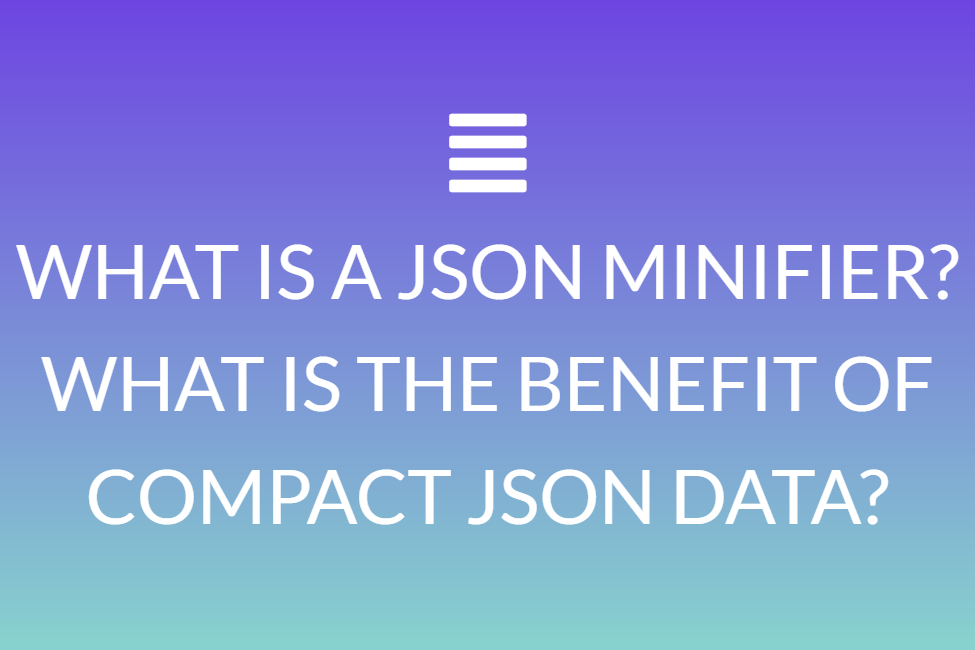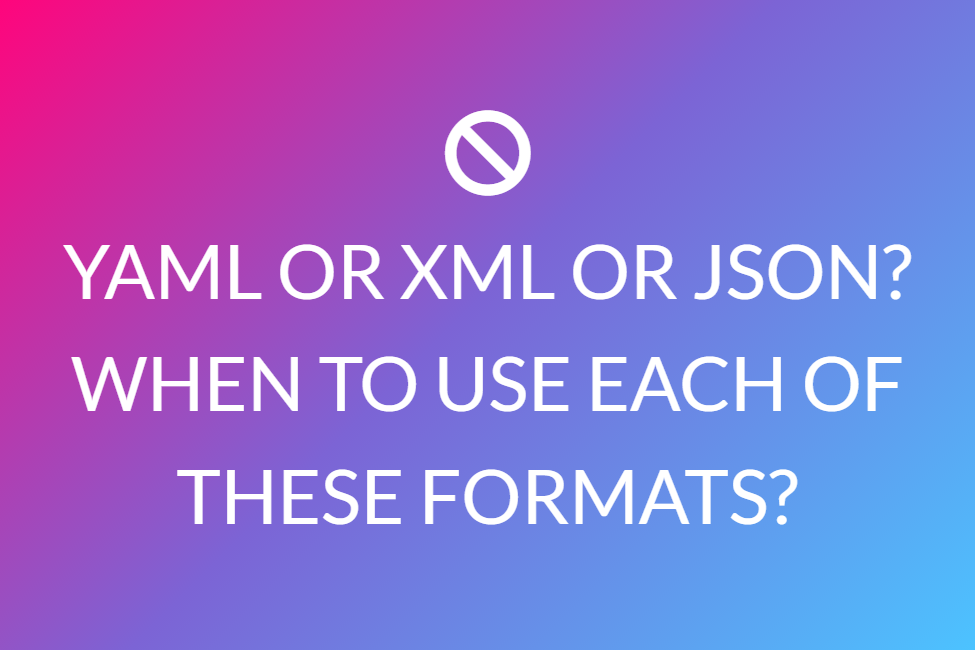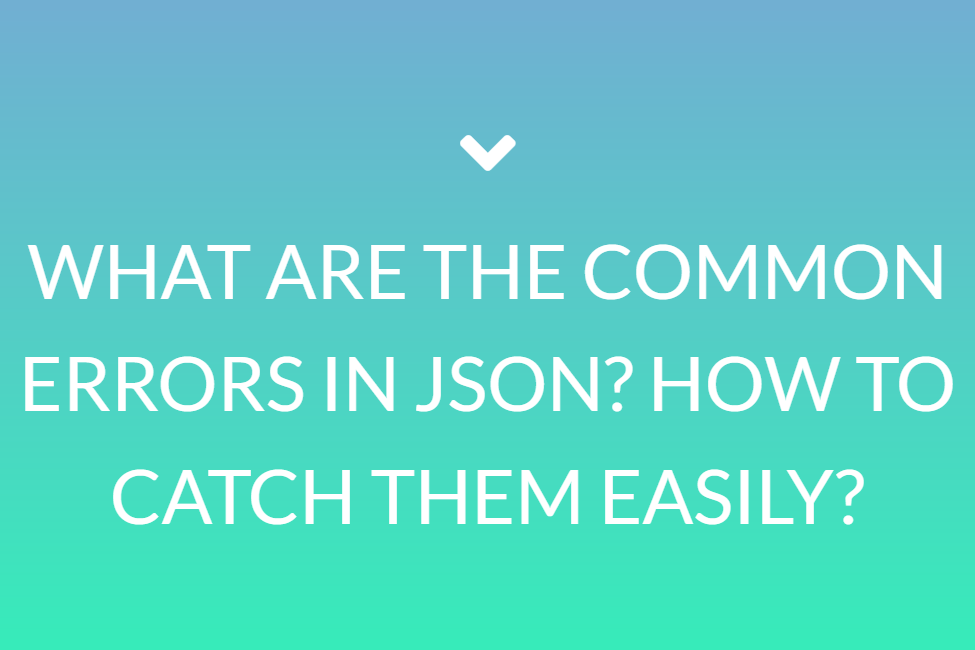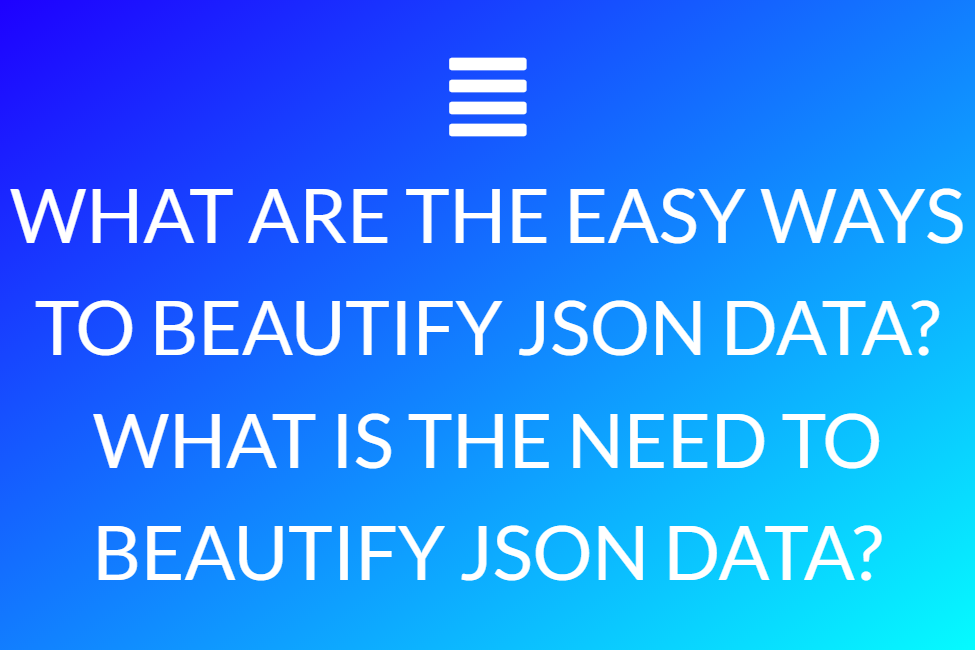Yeah JSON, …Hmmm, what does this mean by JSON?
So JSON is JavaScript Object Notation.
From desktop to web and now a smartphone, nearly all applications rely on one of two main message criteria: JSON and XML. JSON is now the most widely used, but it just surpassed XML within the previous five years.
Why JSON Formatter tools have Evolved More Prevalent
JSON is the birth format for data in JavaScript apps. With JavaScript’s popularization in the previous decade, more JSON notifications have been developed than any other data format. Its distinguishing characteristic is that reading or writing is uncomplicated for us, and this is not complicated for machines to comprehend and create.
And the JSON formatter will help one to solve the issue by formatting the data by JSON so that it becomes easy to read or debug by us. JSON formatting is evolving the first preference of technical programmers,as JSON is language-independent, thus, to parse the JSON data, they can add lovely JSON with free formatting tools online.
Problems, Bugs and Errors
One contributing element to inconsistencies among JSON formatter is the differing specifications:
- IETF JSON RFC (8259 and previous): This is the authorized Internet Engineering Task Force (IETF) specification.
- ECMAScript Standard: Modifications to JSON are discharged in lockstep with RFC discharges, and the standard directs to the RFC for direction on JSON. Nevertheless, non-spec conveniences supplied by the JavaScript interpreter, such as quotes, strings or comments, have elucidated many JSON formatters.
- HJSON: HJSON is the same as JSON5 in nature with different design options.
And more additional…
So, why would some JSON formatters begin to selectively include features that others overlook, or bear contradicting practices with parser behavior.
With that set context, let’s examine what can go bad.
JSON INTEROPERABILITY RISKS
1. Inconsistent Duplicate of the Key Precedence
Many of us encountered this oddity of JSON through our product work: What occurs if one has a duplicate key?.
JSON formatter libraries have been marked to debate as to whether or not they make the sequence of object members visual to calling software. Undertakings whose behavior does not rely on member placing shall be interoperable in the acumen that they shall not be influenced by these differences. Needless to state, the language is quite diverse than the precise and direct suggestion that is typically found in an RFC.
2. Key Collision: Comments and Character Truncation
It is even possible to generate key collisions via character truncation or comments, raising the number of JSON formatted influenced by the duplicate key precedence.
Employing Character Truncation
Some JSON formatted truncate certain characters when they occur in a string, but others don’t. This can render distant keys to be interpreted as replications in a subset of JSON formatters.
3. JSON Serialization Abnormalities
So far, we’ve just focused on JSON decoding, though nearly every implementation even offers JSON encoding (or serialization).
Inconsistent Priority: Deserialization vs. Serialization
Traditional wisdom is to bypass duplicate keys, which is effortless to do with interior services, but not feasible to guarantee with exterior user input. Therefore, not all JSON formatted examine the conduct with duplicate keys.
4. Float - Integer Representation
Now that we’ve watched the many threats of duplicate keys, we’ll discuss number representation. First, let’s peek at an extract of the RFC discussing digit interoperability:
Since, software that executes IEEE 754 binary64 (double accuracy) numbers [IEEE754] is commonly available and widely employed, good interoperability can be accomplished by implementations, in the sense that this will correspond to JSON numbers within the typical precision.
Remark that when such software is employed, integer numbers that are in the range between [-(253)+1, (253)-1] stand interoperable that implementations shall agree precisely on their numeric values.
REMEDIATION: HOW CAN JSON FORMATTER TOOL MITIGATE INTEROPERABILITY BUGGS AND RISKS?
Back when JSON was only a part of the ECMAScript mean, it would have become hard to know how across-the-board it would evolve. There are some incredible lessons to be comprehended from this RFC and the bugs discussed overhead. We have summarized remediation and testing direction for various audiences below:
For JSON formatter maintainers:
- Develop fatal formatter errors upon duplicate keys.
- Do not conduct character truncation. Rather, replace nullified Unicode from the placeholder characters (e.g., odd surrogates should be portrayed as the Unicode replacement character i.e. U+FFFD).
- Truncating may disregard sanitization practices for multi-formatter applications.
- Avoid differing from the desired specification, or deliver a “severe” mode that sticks to the RFC 8259 (or appropriate) definition.
- Build errors when bearing integers or afloat-point numbers that can’t be depicted faithfully.
For software engineers:
Take stock of the existing formatter across the architecture. Recognize behavior gaps in the formatter using the delivered test cases, general documentation, and even against the extant list of behaviors.
For security concerned humans:
These are subtle attacks and not effortless to identify from the exterior. If one has access to reference code, look for a formatter with known peculiarities. Endeavour duplicating keys.
Advantages of using JSON formatter
It is effortless to learn the JSON syntax, which is why it is preferred over XML. People do not need to employ any complicated interpretation of codes for JSON or XML data decoding, and its reaction execution is quick since its syntax is too weightless.
JSON formatter is faster.
Since it requires fewer close tags and its files need less space, its implementation is therefore quicker. It also has a comprehensive variety of browsers sustaining this format, so not considerable work is required to make it consistent with the browser as JSON has that feature.
Here are the essential benefits/pros of using JSON formatter:
- Deliver JSON viewer support for any available browsers.
- Read and write very efficient.
- Easier syntax.
- One can parse natively utilizing the eval() procedure in JavaScript.
- Easy to build and meddle with.
- All prominent frameworks include JavaScript enabled.
- Supported by most backend and trusted technologies.
- JavaScript represents JSON formatter natively.
- It enables one to transfer or serialize any structured data utilizing a network connection.
- One can utilize them for contemporary programming languages.
- JSON is that text which can be easily converted by JavaScript into a JSON formatter and transmitted with this JSON observer to the server.
How JSON formatter makes JSON schema accurate:
Schemas are the provinces where the programmers easily add the facts about the things of code and construct it uncomplicated for them to consider the entire format by simply looking at the JSON schema.
If there are some errors while typing in the schema, JSON formatter can also detect those hidden errors and make it leisurely for the designer to create a major code.
Conclusion
The JSON formatter’s features and the key benefits associate with its service create the code error-free and entirely serialized. Not only does this tool delete the undesirable errors, but it also prevents checking whether the JSON data stays at the correct par with the syntax norms. They even Support JSON Data Publishing, and Graph Display Supports.
Without the benefit of any inexplicable manuals, the JSON formatter completes the data and makes it really easy and comfortable to understand and comprehend by other programmers.





